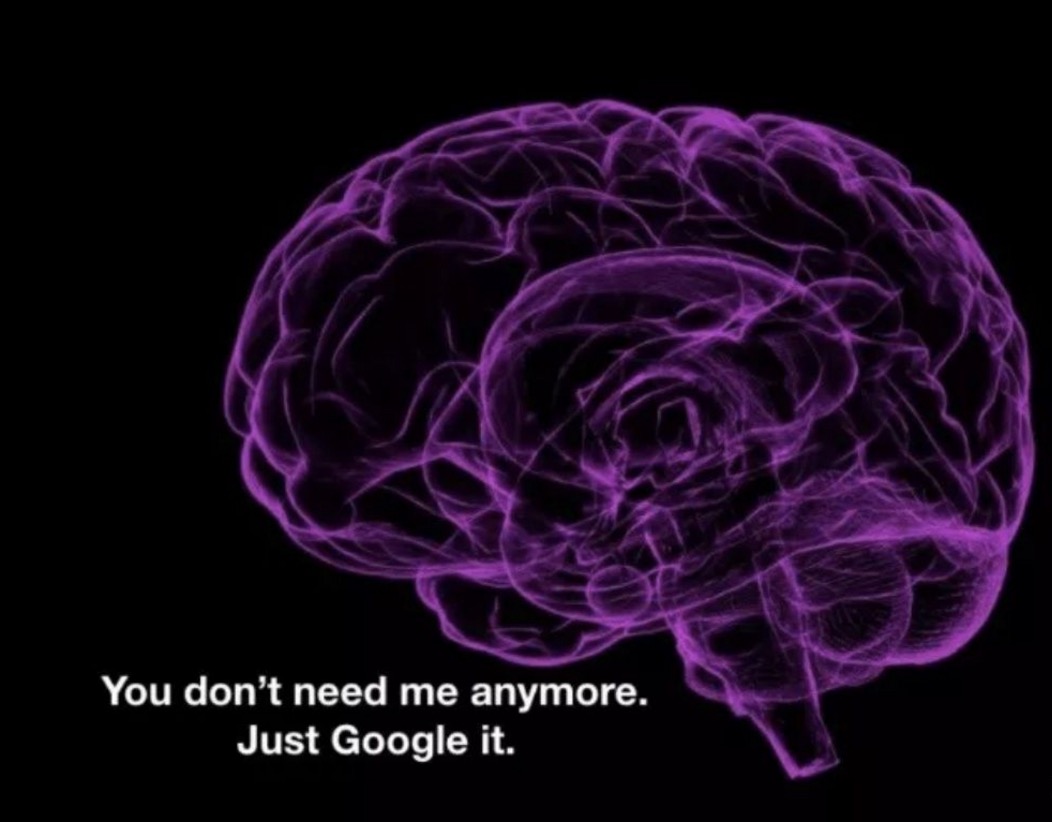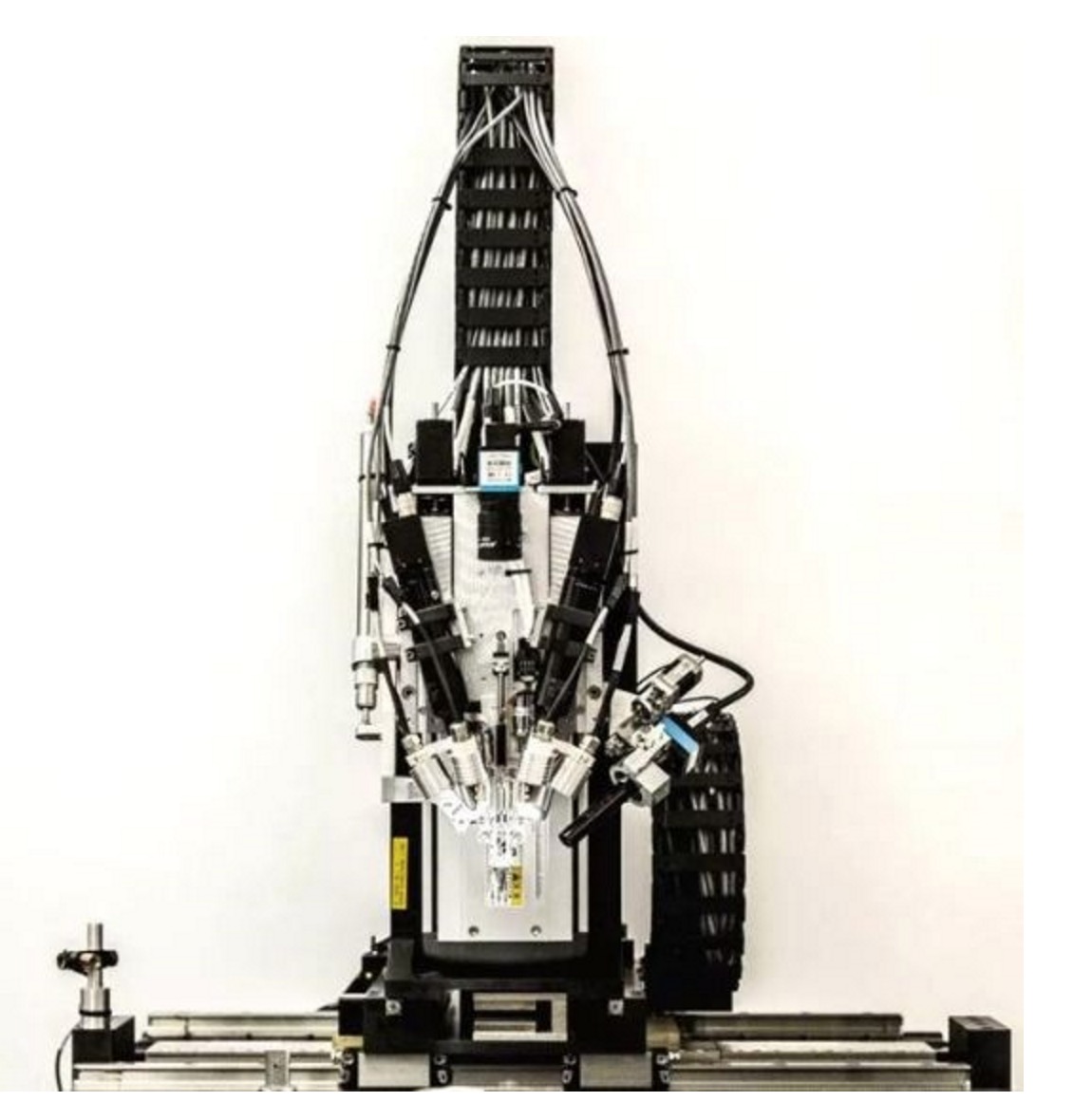RELATED NEWS OR ARTICLES
.jpeg)
The Internet has changed the way our brains work. Humans have always been adept at learning and adapting to new environments. Therefore, considering the impact the Internet has had on life in the developed world, it is not surprising that we have adjusted our thinking and behavior patterns accordingly. Perhaps the biggest impact has come from companies like Google, which have made all of our knowledge available to us with just a few keystrokes. Our use of the Internet has "Google'd" our brains, making us more dependent on knowing where to get information and less able to remember the information itself.
.jpeg)
Photographs can also have a transformative effect on our memories. When we walk through an art museum, if we take pictures of the exhibits inside, even if we spend more time taking pictures than simply looking at them, our memory of the exhibits is still diminished.

The benefits of using the Internet correctly are tremendous, so we need to be careful to make specific recommendations about usage limits. However, as with all things in the world, moderate and deliberate consumption can take us very far. The Internet is like a double-edged sword. When we look carefully at the impact the Internet has had on us through our lives, we can make better decisions about how to use the Internet to maximize our well-being.

.jpeg)
